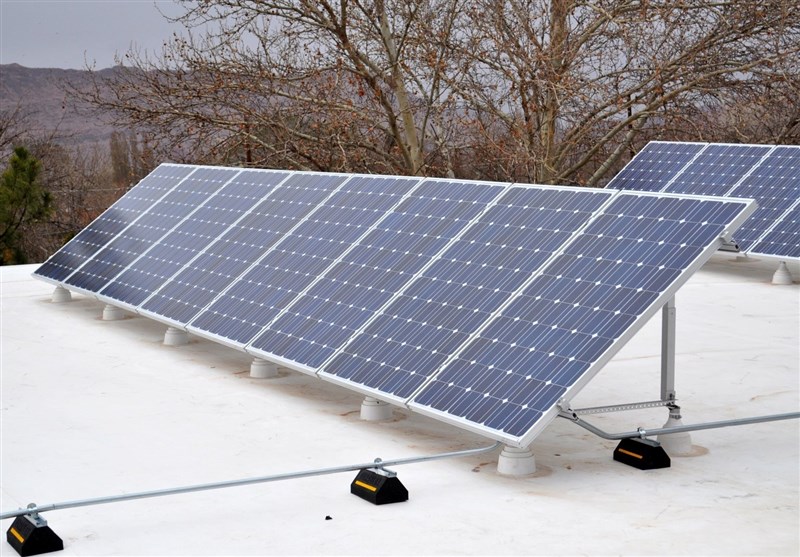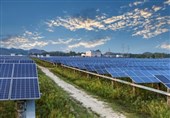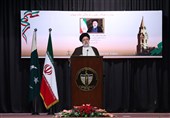New Study Suggests Solar Power at Night May Be Possible
TEHRAN (Tasnim) – The sun always sets on solar power eventually, right? Not necessarily, according to an astounding new research project.
Newly developed technology similar to night-vision goggles may have just made solar power at night a real possibility.
Scientists from the ARC Centre of Excellence in Exciton Science and the University of New South Wales (UNSW Sydney) report a major milestone in thermal capture technology. They’ve developed a device capable of generating electricity from thermal radiation.
The earth’s crust takes in heat from solar radiation when the Sun’s rays are shining down on it, but when night falls all that potentially useful solar energy vanishes into the vastness of space. Now, study authors have successfully tested a new device that takes infrared heat and converts it into electrical power.
During development, the team made use of a power-generation device called a “thermo-radiative diode,” which is quite similar to the technology found in night-vision goggles.
“In the late 18th and early 19th century it was discovered that the efficiency of steam engines depended on the temperature difference across the engine, and the field of thermodynamics was born,” says research leader Exciton Science Associate Investigator Nicholas Ekins-Daukes in a media release. “The same principles apply to solar power – the sun provides the hot source and a relatively cool solar panel on the Earth’s surface provides a cold absorber. This allows electricity to be produced.”
“However, when we think about the infrared emission from the Earth into outer space, it is now the Earth that is the comparatively warm body, with the vast void of space being extremely cold,” he continues. “By the same principles of thermodynamics, it is possible to generate electricity from this temperature difference too: the emission of infrared light into space.”
How much power can scientists generate?
Rune Strandberg, a Norwegian scientist, was the first researcher to consider the theoretical possibility of such a device. Now, scientists at Stanford University are currently conducting their own research on the potential possibilities of collecting thermal energy at night.
To be clear, the successful test put together by the team only produced a very small amount of energy (about 0.001% of a solar cell). At this early stage, though, all that really matters is that the device works.
“We usually think of the emission of light as something that consumes power, but in the mid-infrared, where we are all glowing with radiant energy, we have shown that it is possible to extract electrical power,” Nicholas concludes. “We do not yet have the miracle material that will make the thermoradiative diode an everyday reality, but we made a proof of principle and are eager to see how much we can improve on this result in the coming years.”
The study is published in the journal ACS Photonics.






